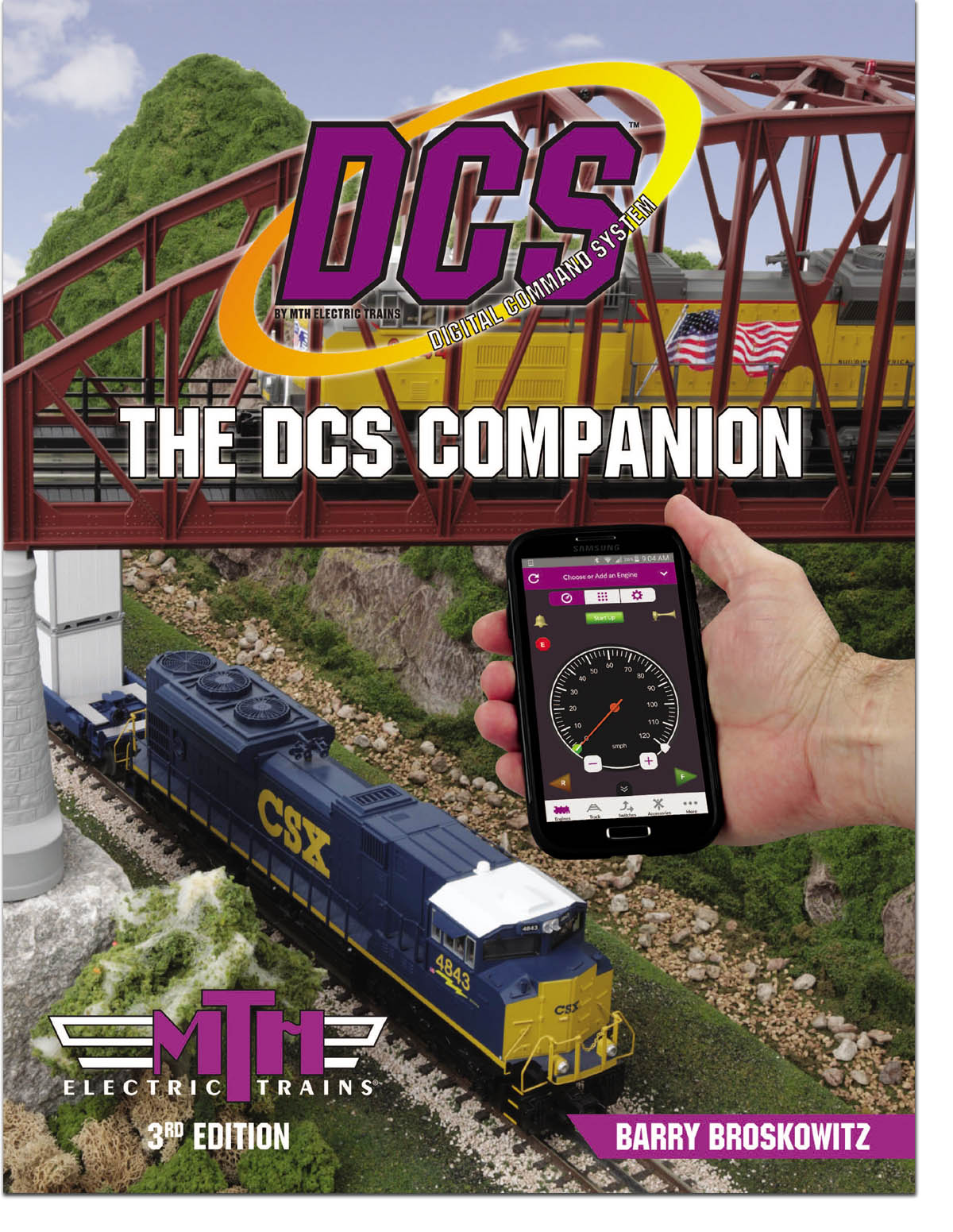How does the TIU or the software know whether or not the 3 are physically connected
The TIU has no idea if the lashup members are connected, or not.
Apparently a physical connection is necessary for the lash-up to function
No, a physical connection is absolutely not required.
Am I wrong to think that if they're separated by a hair they should still run as if they were connected ?
No, you're wrong to think that they have to be connected,at all.
What tells what that they aren't connected anymore and how does it know that ?
There's nothing to tell the TIU that the members are not connected, and the TIU doesn't care if they are or are not connected.
However, all members must be powered up and must get a watchdog signal at the same time. Alternatively, there;s one other way to start up a lashup after the DCS watchdog signal has come and gone. From page 105 of The DCS Companion 3rd Edition:
Missing the Watchdog Signal
If individual DCS engines miss seeing the watchdog signal, they can be either brought directly into DCS active mode by pressing the Start Up key or put into DCS stealth mode by pressing the Shut Down key. However, this is not the same for lashups.
If a lashup is powered on after the watchdog signal has come and gone, perhaps if its siding was toggled on after voltage appeared at the TIU channel outputs connected to its siding, there are two ways to put the lashup into DCS mode. One way to put the lashup into DCS mode is to turn off power to the inputs for the TIU channel that is connected to the track upon which the lashup resides, toggle on the siding and then re-apply power. The other way is to first highlight the lashup in the remote's Active or Inactive Engine list. Then, flip the toggle switch and immediately press the thumbwheel to select the lashup. It will come up in DCS stealth mode, dark and silent. This also works with individual DCS engines.
 | This and a whole lot more about DCS is all in MTH’s “The DCS Companion 3rd Edition!"
This book is available from many fine OGR advertisers and forum sponsors, or as an eBook or a printed book at MTH's web store! |



